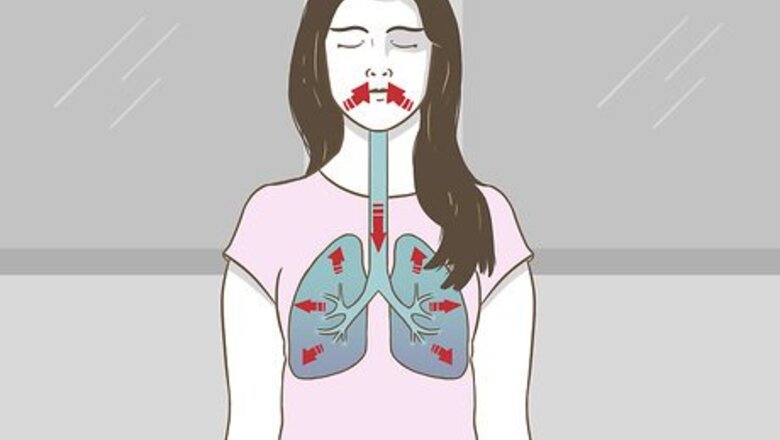
views
Doing Breathing Exercises
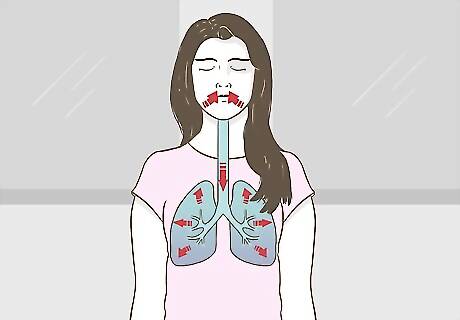
Breathe deeply. Place 1 hand on your chest and 1 hand on your stomach. As you inhale through your nose, pull the air down into your lungs, making sure that your stomach rises. Then let the breath fill up your chest. Hold for 5-20 seconds, then slowly exhale through your mouth until your stomach contracts. Repeat 5 times. This should help you realize how much air you can take in at a time. It also helps you learn to breathe more deeply.
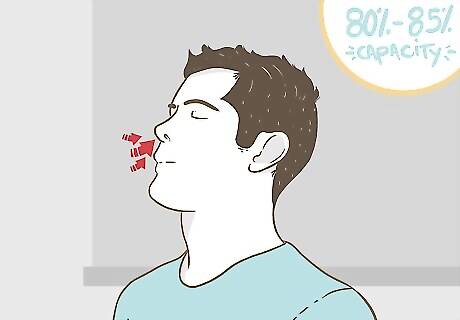
Concentrate on your diaphragm as you breathe. Breathe normally, but watch your diaphragm to see if it moves up and down. Deepen your breaths until you can observe a steady up and down movement in your diaphragm. This helps you learn to inhale more deeply. Your diaphragm is a dome-shaped muscle that is present just below your lungs, at the top of your stomach.
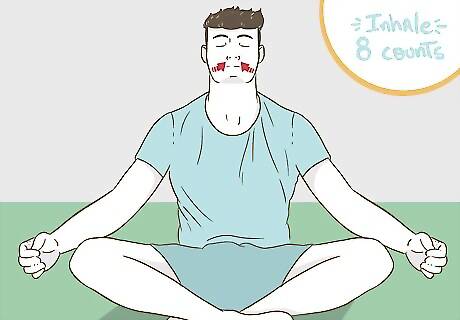
Increase the length of your inhale and exhale. Sit or stand in a relaxed position. Slowly inhale normally, counting how many seconds it takes to fill your lungs. Then exhale for the same number of seconds. Add 1 count to both your inhale and exhale, and repeat. Continue to add 1 count to both your inhale and exhale until your stomach rises with each breath.
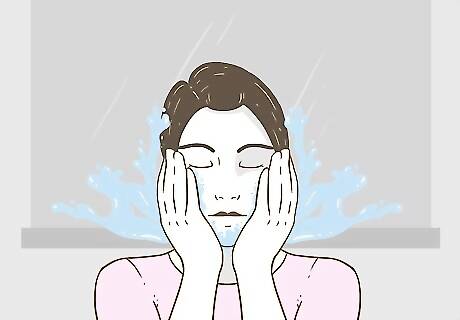
Splash water on your face while holding your breath. Scientists have figured out that splashing water on your face accelerates bradycardia, or the slowing of the heart rate, which occurs when you dive into water. Your body regulates your heart rate while you're underwater so that you receive the oxygen you need while underwater. Triggering this effect while out of water can help you maximize your oxygen usage. Try to keep the water cold, but not icy. Icy water will trigger another reflex in your body that causes you to hyperventilate, or try to breathe quickly. Hyperventilation will hurt your ability to hold your breath for a long time.
Performing Cardiovascular Exercise

Engage in cardio for at least 30 minutes a day. Choose a workout that increases your heart rate and makes you breathe faster. Cardio improves your lung function primarily by strengthening your heart. A strong, healthy heart is able to pump your blood more efficiently, carrying oxygen throughout your body. Do aerobics. Go cycling. Run. Dance. Participate in group classes.
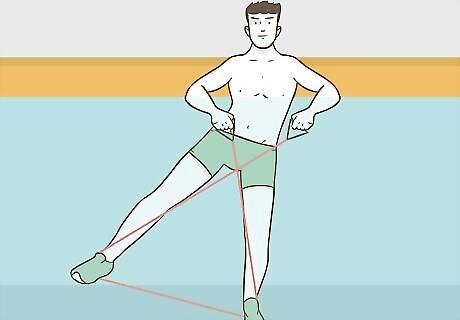
Do water exercises as an alternative to other cardio options. Exercising in water adds extra resistance, which increases the difficulty of your workout. Since you're in water, the added difficulty isn't as hard on your body. Your body will have to work overtime to supply enough oxygen into your blood, making for a good lung workout. Here are some great ways to workout under water: Perform water aerobics. Swim. Push flotation devices and buoys around the pool. Dive. Jog in the water, following the perimeter of the pool. Perform jumping jacks and leg lifts.

Work out at high-elevation. Working out at higher elevations is a surefire way to boost your lung strength. Higher elevation air contains less oxygen, making the workout tougher, but ultimately more rewarding, on your lungs. Take it slow at first to give your body time to adjust to the higher elevation. Be careful not to train too hard at high elevation, as you could develop altitude sickness.
Making Lifestyle Changes
Maintain good posture. It's easy to overlook your posture, but it plays an important role in helping you use your lungs to their full capacity. That's because poor posture can compress your lungs, reducing their capacity. Make sure that you always stand up straight, with your head facing forward, not down. When you work out, make sure that you don't slouch or lean forward.
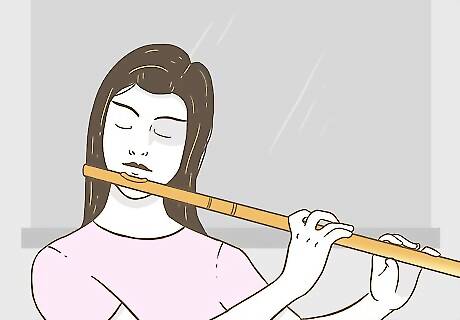
Play a wind instrument. Playing a wind instrument is a great way to give your lungs a regular workout and have fun making music in the balance. Over time, it can help you learn to optimize your lung capacity. Choose a woodwind or brass instrument, such as a bassoon, tuba, trumpet, trombone, oboe, clarinet, saxophone, or flute. Play in a marching band or a Drum and Bugle Corps. This activity requires more and more lung capacity utilization for your movement and playing and is quite healthy.
Learn how to sing. Singing really works the diaphragm and requires you to inhale more air to hold notes. Take singing lessons, join a choir, or follow along with instructional online videos to learn the proper way to sing. Even if you don't like doing it in public, singing is a fun way to maximize your lung function. Sing for at least 15 minutes each day.

















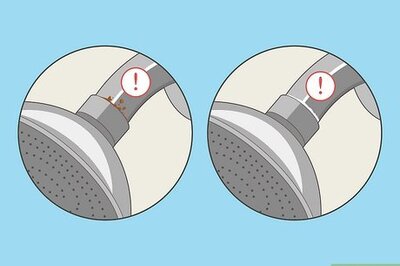
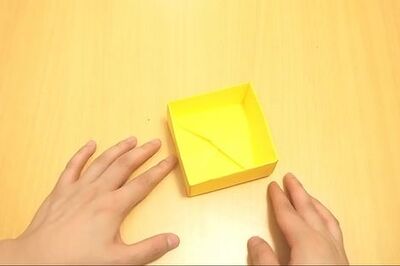

Comments
0 comment